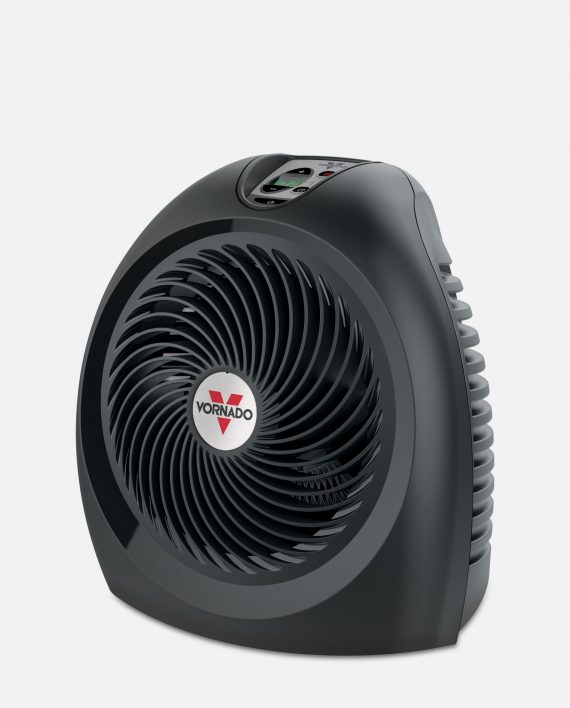
So why care about vampire energy? The reason is that when you add it all up over all electrical devices in your household, it turns out to be a really big number. In the UK, for example, in 2006, estimates are that 8% of all electrical energy consumed goes to standby power. In the US, this would amount to almost 20 average-size power-plants!
I was curious to see how much standby power we use at home. The public utility recently upgraded our power-meter to a digital smart-meter, so it's easy to just read out the wattage consumed at any point in time. I waited until everyone was asleep and everything in the house was turned off (but still in standby). I also made sure that the fridge did not have its compressor running at the time.
The number? 85W.
Wow. This is surprisingly high! At 24h/day, 30days/month, this works out to 61kWh (around $8/month at today's energy prices). Given that we consume 300-400kWh average total per month, this is between 15-20% of our total consumption! For an average US household, which consumes closer to 1000kWh/month, this would be around 5%, which is about what the British study revealed.
How could we possibly consume 85W in standby mode? I broke it down by circuit, by switching the circuit breakers on and off and studying the devices connected to each circuit:
- 29W for the DSL modem + wireless router.
- 11W for the gas heater
- 8W for various stuff in the bedrooms (alarm clock, cell phone chargers, night-light, etc.)
- 5W for the garage door remote
- 4W for the PC
- 4W for the microwave oven
- 3W for the washing machine
- 3W for the electric oven
- 18W for other stuff I couldn't track down precisely
The astonishing one is the gas heater, at 11W. I suspect this is because the heater uses an electric element to fire up the gas burner, and this electric element has to be always on. There isn't much I can do about that, and I don't really feel like messing with the heater since it a large, expensive, and scary device.
The remaining ones are relatively small. For things like the microwave oven and washer, I could get power strip with an external switch that fully turns off the appliance, but the cost of the power strip will easily outweigh the savings from the electricity for a few years at least.
I should also probably track down the remaining 18W and see where it's wasted, but I have a feeling it's going to be small amounts here and there, not one significant consumer.
The conclusion? The best way to eliminate standby power is to do it at the source (that is design the device to not consume standby energy as much as possible). The second best way is to use timers or switched power strips and force devices off. This only makes sense if the device is of a certain kind (indoor device, that doesn't suffer problems when turned off, like the gas heater). For the remaining devices, the ideal situation is to combine them all on one (or a few) power strips and force them off with a switch. If the devices are spread throughout the house (like the microwave oven in the kitchen and the washing machine in the garage), this is not really possible.
In the end there's little I can do about this. How frustrating. :(









